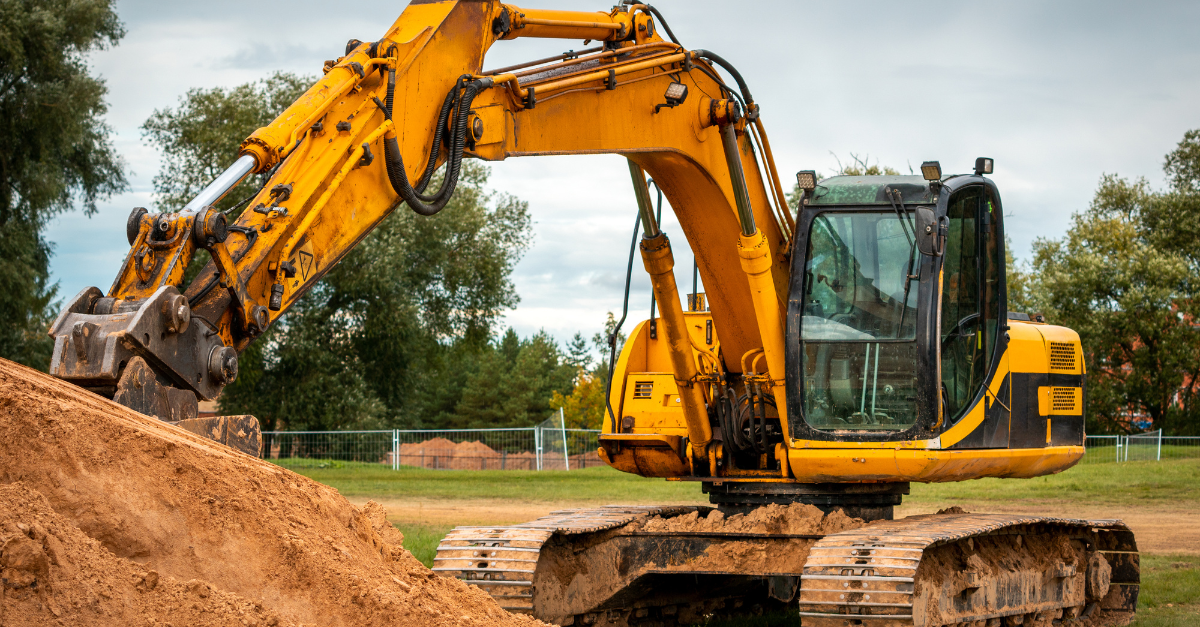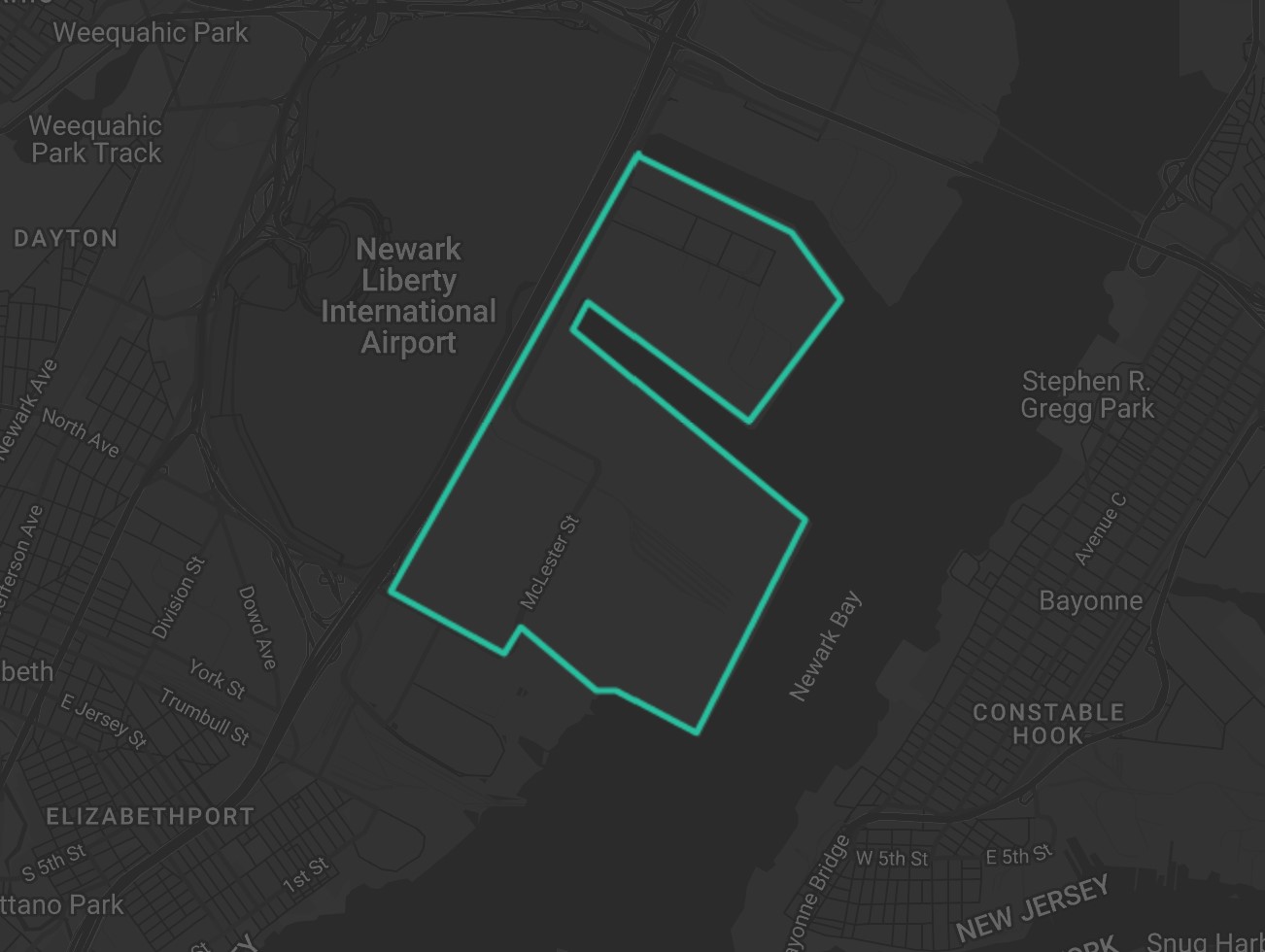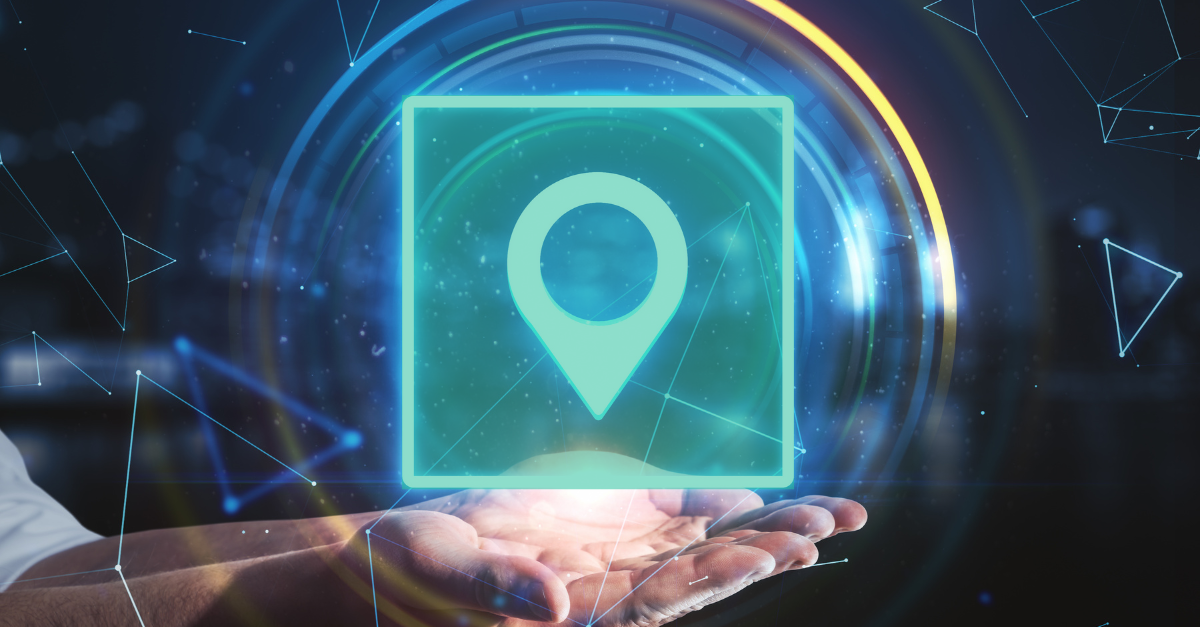In today’s fast-paced business environment, ensuring the security of assets is crucial across various industries. Whether it’s construction companies safeguarding their heavy machinery, logistics firms tracking their fleet of vehicles, or rental services monitoring their equipment, the need for robust asset security cannot be overstated. Asset theft and loss can disrupt operations, lead to substantial financial losses, and damage a company’s reputation.
Businesses face numerous challenges in protecting their valuable assets. Theft, unauthorized use, and tampering can lead to operational inefficiencies and increased costs. For instance, construction sites often experience equipment theft, while logistics companies may deal with stolen or misrouted vehicles. These incidents result in direct financial losses and incur additional costs related to replacement, insurance claims, and potential project delays.
To address these challenges, businesses are increasingly turning to advanced GPS tracking solutions. These technologies offer more than just location tracking; they provide comprehensive security features that significantly enhance asset protection and offer peace of mind. This blog explores various advanced GPS tracking features that help businesses secure their assets effectively, including geofencing, tamper alerts, real-time tracking, and remote immobilization.
The Need for Enhanced Asset Security
Asset theft affects businesses across various industries, leading to significant financial losses and operational disruptions. The construction industry alone reports billions of dollars in annual losses due to stolen machinery and tools. These financial burdens strain a company’s resources and affect its ability to invest in growth and innovation.
Operational disruptions from stolen assets can delay projects and compromise service delivery. For example, a logistics company experiencing vehicle theft may face delays in deliveries, leading to dissatisfied customers and potential loss of business. Similarly, construction projects can halt if essential equipment is stolen, resulting in missed deadlines and additional labor costs.

Industries Particularly Vulnerable to Asset Theft:
- Construction: High-value machinery and tools on job sites are prime targets for thieves. The lack of permanent security measures on construction sites makes them susceptible to frequent and costly losses.
- Logistics and Transportation: Vehicles, trailers, and cargo are often stolen while in transit or unattended. The theft of a single vehicle or shipment can disrupt supply chains, causing delays and financial repercussions.
- Rental Services: Companies providing construction equipment, vehicles, or consumer goods face significant risks related to asset theft. Rental assets are often used in various locations, increasing their exposure to theft.
Geofencing: Defining Safe Zones
What is Geofencing?
Geofencing creates virtual boundaries around a specific geographic area using GPS or RFID technology. Businesses can define these boundaries and monitor the movement of assets within and outside these zones. When an asset crosses the established boundary, the system triggers an alert, notifying the business.
Benefits of Geofencing:
- Enhanced Security: Any movement outside predefined safe zones is flagged, enabling quick identification and response to potential theft or unauthorized use.
- Operational Efficiency: Ensures assets are used within designated areas, reducing the risk of misuse or diversion and optimizing workflows.
- Real-Time Monitoring: Provides continuous tracking of assets, crucial for making informed decisions and ensuring assets are where they should be.
- Regulatory Compliance: Helps businesses comply with regulations regarding the movement and use of equipment.

Examples of Geofencing:
- Construction: Secures job sites and monitors the movement of heavy machinery, preventing unauthorized off-site movement.
- Logistics and Transportation: Ensures vehicles follow designated routes and remain within specific geographic areas, preventing unauthorized detours.
- Rental Services: Monitors asset use and ensures they are returned to designated locations.
Tamper Alerts: Immediate Notification of Security Breaches
What is Tamper Alert Technology?
Tamper alert technology detects and reports any attempts to interfere with or disable GPS tracking devices. Alerts are triggered by tampering such as removal, disconnection, or physical damage, allowing businesses to take swift action to protect their assets.
Benefits of Tamper Alerts:
- Immediate Notification: Provides instant notifications of tampering attempts, enabling quick response to prevent theft or misuse.
- Increased Security: Enhances asset security by ensuring tracking devices remain operational and effective.
- Deterrence: Acts as a deterrent to potential thieves or unauthorized users.
Examples of Tamper Alerts:
- Construction: A construction company installed tamper alert-enabled GPS trackers on heavy machinery. An alert was triggered during a theft attempt, allowing security personnel to intervene and prevent the theft.
- Logistics and Transportation: A logistics company received an alert indicating tampering with a truck’s GPS device during a routine delivery. The driver confirmed no tampering, revealing an attempted theft that was thwarted.
- Rental Services: A car rental company used tamper alert technology to intercept a stolen rental car, enhancing the overall security of their fleet.
Real-Time Tracking: Always Know the Location of Your Assets
Advantages of Real-Time Tracking:
- Immediate Response: Businesses can quickly respond to unauthorized movement or potential theft. Instant alerts and continuous monitoring enable swift action.
- Operational Efficiency: Optimizes asset utilization and streamlines operations. Real-time data helps make informed decisions about deployment, scheduling, and maintenance.
- Enhanced Accountability: Continuous tracking promotes accountability among employees and contractors, deterring misuse and encouraging responsible behavior.
Examples of Real-Time Tracking:
- Logistics and Transportation: Ensures timely deliveries and secures cargo. Continuous monitoring helps prevent theft and unauthorized detours.
- Construction: Enhances security and operational efficiency by monitoring equipment usage and preventing unauthorized movement.
- Rental Services: Monitors asset use, ensuring vehicles and equipment are used responsibly and returned on time, reducing theft risk.
Remote Immobilization: Taking Control from Afar
What is Remote Immobilization?
Remote immobilization allows businesses to disable an asset remotely in the event of unauthorized use or theft. Integrated with GPS tracking systems, businesses can send a command to the asset’s engine or operational controls, rendering it inoperable.
Scenarios Where Remote Immobilization is Crucial:
- Stolen Vehicles or Equipment: Disables stolen assets as soon as their location is identified, preventing further movement and facilitating recovery.
- Unauthorized Use: Stops misuse and protects assets from potential damage or excessive wear.
- High-Risk Environments: Quickly secures assets in high-risk areas or during the transport of high-value goods.
Success Stories of Remote Immobilization:
- Construction: Disabled a stolen bulldozer remotely, leading to its quick recovery by authorities.
- Logistics and Transportation: Stopped a stolen truck transporting high-value electronics, preventing thieves from reaching their destination.
- Rental Services: Disabled overdue rental vehicles, ensuring prompt return and reducing misuse or theft risk.
Historical Tracking and Reporting: Understanding Asset Movement Patterns
Benefits of Historical Tracking and Reporting:
- Trend Analysis: Identifies trends and patterns in asset usage, helping businesses make informed decisions about deployment, maintenance, and security measures.
- Security Insights: Reveals areas or times where assets are most vulnerable to theft or unauthorized use, allowing targeted security measures.
- Operational Optimization: Optimizes routes, reduces downtime, and improves overall efficiency, leading to cost savings and better resource utilization.
Examples of Enhanced Security Measures from Historical Data:
- Construction: Identified nighttime thefts and increased security patrols and lighting, significantly reducing incidents.
- Logistics and Transportation: Discovered high-risk routes, adjusted delivery schedules and routes, improving on-time delivery rates and security.
- Rental Services: Found high-theft locations, implemented stricter rental agreements and added security checks, improving asset protection.
Advanced GPS tracking features are crucial for enhancing asset security across various industries. Key points include:
- Geofencing: Establishing virtual boundaries to monitor and protect assets.
- Tamper Alerts: Providing immediate notifications of tampering attempts.
- Real-Time Tracking: Offering continuous monitoring for quick responses to unauthorized movements.
- Remote Immobilization: Allowing remote disabling of assets in the event of theft or unauthorized use.
- Historical Tracking and Reporting: Analyzing movement patterns to identify vulnerabilities and optimize operations.
These features provide comprehensive solutions to safeguard assets, reduce theft risk, and ensure seamless operations. We encourage businesses to consider HoloTrak’s innovative GPS tracking solutions to protect their assets and drive success. Our cutting-edge technology and commitment to excellence make us the ideal partner for your asset management needs.
Ready to take your asset security to the next level? Contact HoloTrak today for a consultation or to learn more about our advanced GPS tracking solutions.

